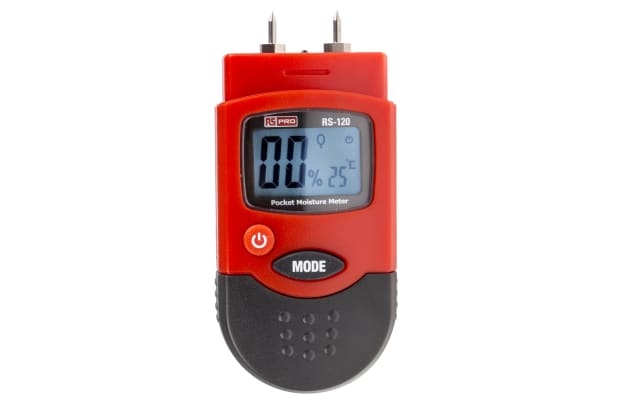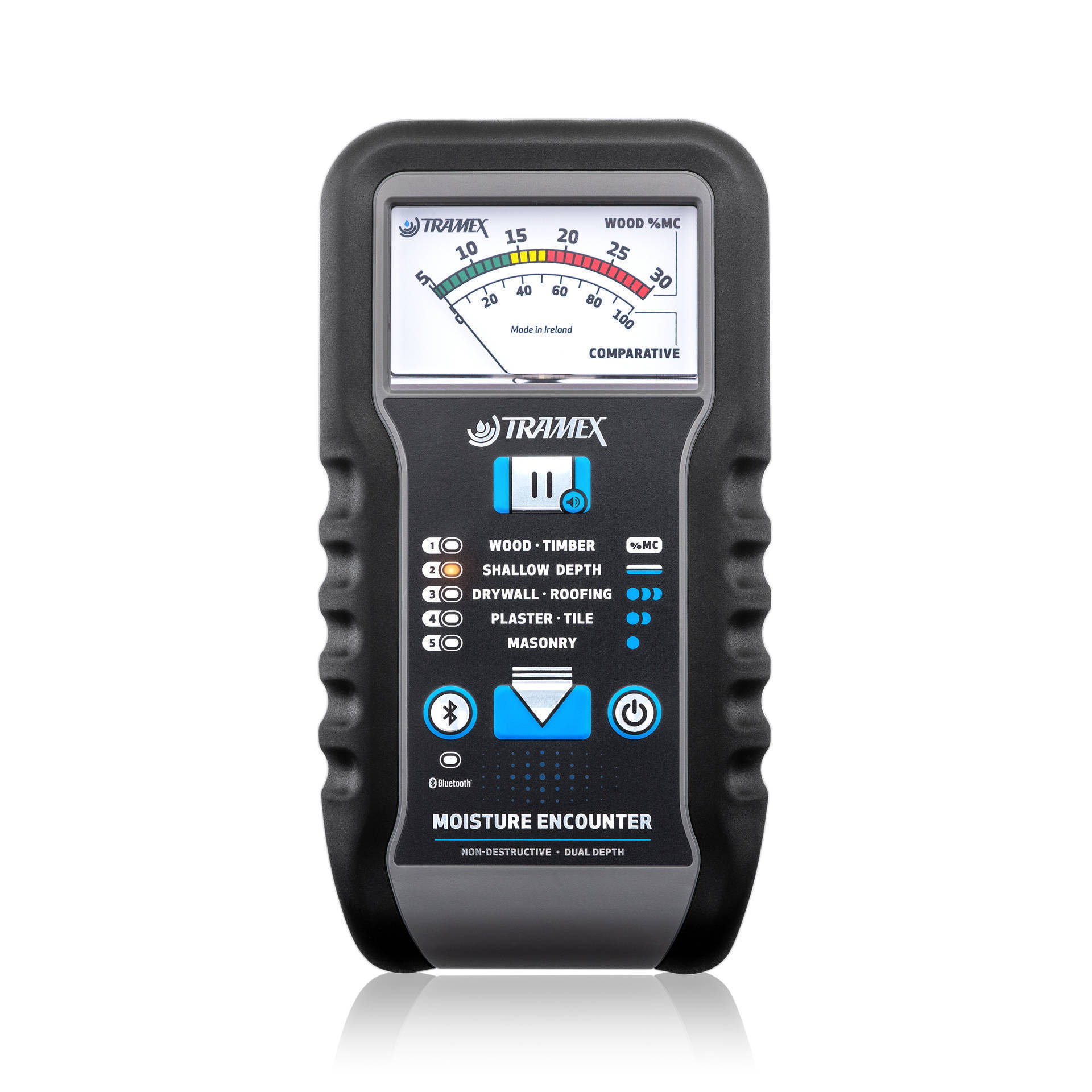Understanding the Value of a Moisture Meter in Preventing Mold and Water Damages in your house
In the world of home maintenance, the existence of dampness can commonly be a silent yet awesome opponent, qualified of causing pervasive mold and mildew growth and dangerous water damages if left unchecked. Comprehending the importance of a wetness meter in this battle is not merely a choice yet a tactical need.
Importance of Moisture Discovery
Efficient wetness discovery methods are essential for guarding homes and avoiding potential mold and mildew development and water damage. Dampness can seep right into various structure products, resulting in architectural issues and health and wellness risks. By using a dampness meter, property owners can proactively determine locations susceptible to excess wetness, allowing for prompt treatment and mitigation strategies.
Moisture meters offer exact readings of dampness levels in different materials such as drywall, wood, and concrete. This data helps in pinpointing locations of worry, also in hard-to-reach or hidden locations. Early discovery of moisture buildup makes it possible for punctual repair work or adjustments to stop additional damages.

How Moisture Meters Work
Moisture meters play a critical function in the aggressive recognition of excess dampness, helping in the avoidance of prospective mold growth and water damage by supplying precise analyses of wetness degrees in various building materials. Some progressed moisture meters pin both incorporate and pinless technologies for detailed moisture discovery. Comprehending how moisture meters feature is important for exact and prompt dampness degree assessments, enabling reliable preventive measures versus mold and water damages.
Finding Early Warning Signs
Upon initial assessment of a residential property, identifying subtle signs of excess dampness comes to be important in the very early discovery of prospective mold and mildew development and water damages. Some common early indication include stuffy smells, water stains on ceilings or wall surfaces, peeling off paint or wallpaper, and deformed or discolored surface areas. Mildewy smells usually suggest the existence of mold and mildew or mold, even if no visible signs appear. Water discolorations can indicate leaks or seepage, while peeling paint or wallpaper might be a result of dampness compromising the attachment of these materials to the surface. Distorted or discolored surfaces, such as bending floorboards or tarnished drywall, are clear indicators of water damage. Additionally, a boost in allergic reaction signs and symptoms or respiratory system problems amongst owners might recommend the presence of mold and mildew as a result of excess moisture. By quickly determining and dealing with these very early warning indicators, home owners can reduce the risk of substantial mold and mildew development and water damage in their residential or commercial properties.
Protecting Against Mold Growth
Identifying very early indication of excess dampness within a property not just enables punctual detection of potential mold growth and water damage yet also acts as a positive procedure in protecting against the spreading of mold and mildew. To efficiently prevent mold and mildew growth, it is vital to resolve any kind of sources of moisture quickly. This can include taking care of leakages in pipes, roofings, or windows, guaranteeing proper air flow in moist areas like kitchen areas and restrooms, and making use of dehumidifiers in high-humidity rooms. Routinely maintaining the building and inspecting's plumbing, roof covering, and seamless gutters can likewise help in find out here now stopping water intrusion that can result in mold and mildew development.
Keeping track of dampness levels in areas prone to dampness, such as cellars and crawl areas, utilizing a dampness meter can likewise help in early detection of elevated wetness levels and possible mold growth - Moisture Meter. By taking aggressive actions this link to protect against excess moisture and mold and mildew development, property owners can safeguard their residential property and indoor air quality.
Advantages of Normal Tracking
Routine surveillance of wetness degrees in a residential property can play a critical function in keeping a healthy and balanced indoor environment and avoiding potential mold and mildew and water damage. By regularly inspecting moisture degrees, property owners can discover any issues without delay and take required activities to protect against mold and mildew development and water damage.
Additionally, normal monitoring allows property owners to track patterns and trends in dampness levels with time. important site By establishing a baseline and tracking changes, people can determine any type of areas of problem or prospective vulnerabilities in the residential or commercial property's structure. This data-driven approach allows targeted treatments and upkeep initiatives to attend to underlying problems before they intensify into even more substantial issues. Eventually, the constant tracking of wetness levels encourages house owners to secure their residential or commercial property, secure their wellness, and preserve the honesty of their indoor setting.

Conclusion

By using a dampness meter, residential or commercial property proprietors can proactively identify locations vulnerable to excess dampness, allowing for prompt treatment and mitigation strategies.

Keeping track of moisture degrees in areas vulnerable to dampness, such as basements and creep spaces, utilizing a wetness meter can additionally assist in very early detection of elevated moisture levels and prospective mold and mildew growth. (Moisture Meter)